Mastering Color is another course by the MZed educational platform. In this course, professional colorist Ollie Kenchington educates and demonstrates the art of color grading and how it can be implemented on a project. Should you take it?
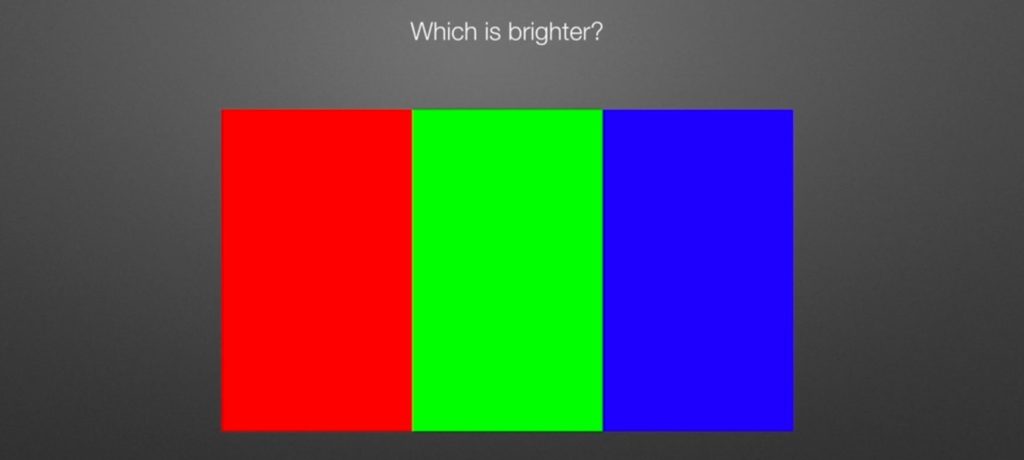
The pursuit after the cinematic look
I remember back then in 2012 when I bought my first DSLR (Canon 7D) trying to grade that 8-bit over-saturated footage on FCPX. Needless to say that this action was a total fail. Those crappy images didn’t have the stamina needed for tweaking nor grading. However, when I discovered the flat pictures profiles (Log-like), I was super happy. I recall the Technicolor CineStyle profile that was available to download straight to your DSLR. The Cinestyle gave me the massive privilege for limited grading capabilities that changed the whole image and made it much more cinematic. It was like magic. You took those video-ish images and transformed them into much more cinematic, and unique Hollywood feel.

The Technicolor CineStyle worked like a magic. You took those video-ish images and transformed them into much more cinematic, and unique Hollywood feel.
Filters vs. 3D LUTs
Back then, we used simple filters (Red Giant Magic Bullet, for instance). The 3D LUTs were too powerful for that 8-bit 5MB/Sec footage, even when shooting on the Technicolor profile. Developers have been coding to find better solutions. One of them was Magic Lantern (for Canon EOS) that literally made Magic. The ability to extract RAW footage from a stills camera was genuinely revolutionary. However, it was a bit risky since you needed to “hack” your precious camera. Fortunately, more straightforward options have been developed, like the Osiris LUTs that were dedicated to DLSR 8-bit footage. Those were beautiful and most efficient for limited grading in Resolve. You just needed to install the VisionColor or VisionTech picture profits on your DSLR, and you were good to go. Shooting with those profiles and applying the Osiris LUTs on them did a pretty good job. By the way, at that time, the film emulators have born. I have used tons of FilmConvert’s LUTs to mimic the exclusive and beautiful organic look of the film, making the digital imagery even more cinematic. Nevertheless, the freedom to grade that 8-bit footage was still limited.

Those OSIRIS LUTs were beautiful and most efficient for limited grading in Resolve
Color grading: The sexiest part in post-production
Color grading is about taking a flat log colorless image and bring it to life. That is the greatness of the color grading process. That is the part of the post when the story is being vitalized. It’s the sexiest section in post-production. Manipulating colors equal to shaping the story. That’s why colorists have such power in their hands. In around 2014, color grading has become one of the hottest jargon among independent filmmakers who were eager to produce cinematic results. The pain was that not many resources were accessible. I remember Denver Riddle’s tutorials that were super-efficient by facilitating the understanding of the color grading process and its goals. From then on, significant progress has been made in all aspects. From grading-friendly codecs (ProRes RAW, R3D, ProRes 4444, Cinema RAW Light), 10-bit outputs, and free and powerful software (DaVinci Resolve, for instance).
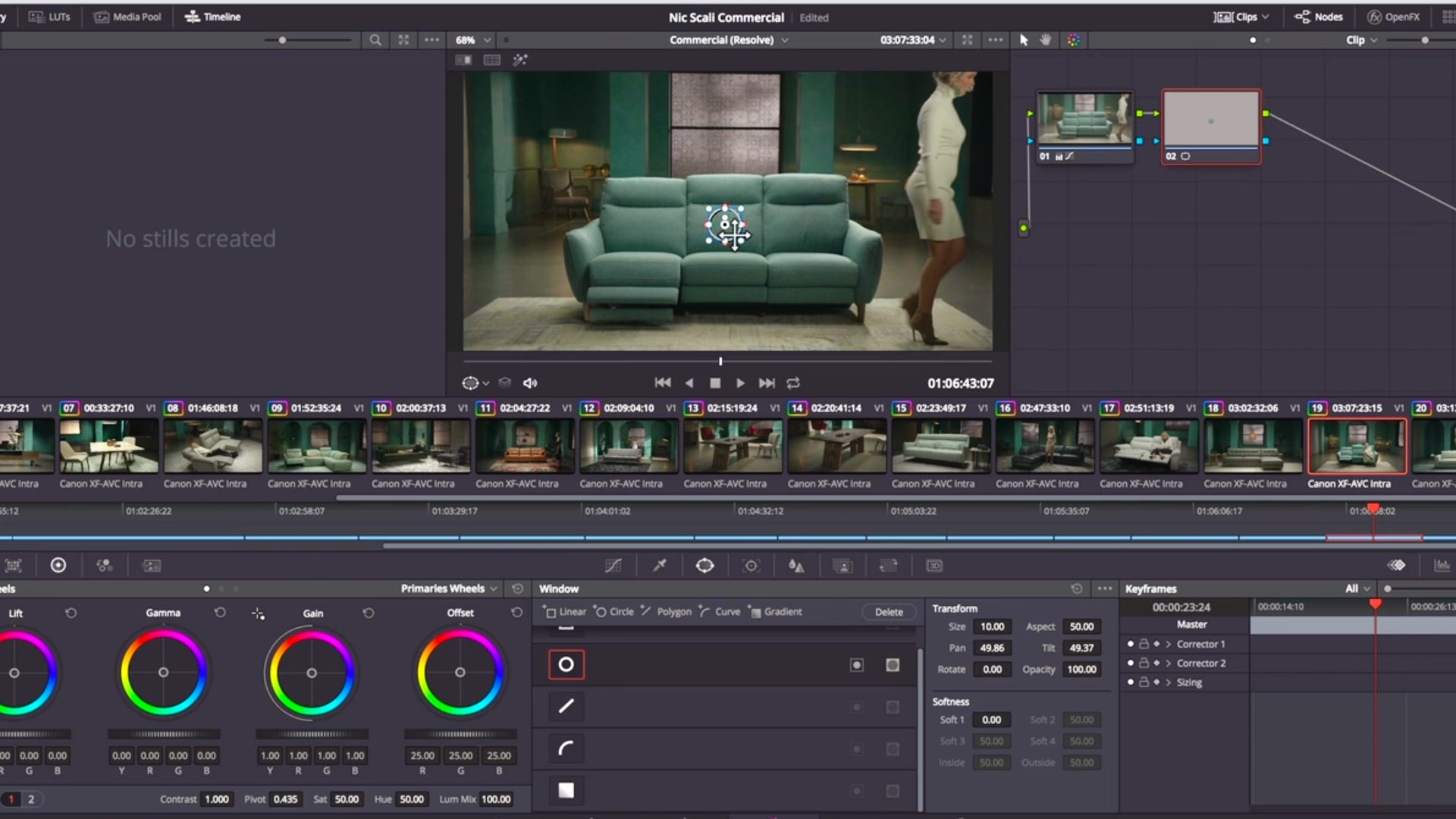
Color grading course: A mandatory piece of education for filmmakers
There is no doubt that color grading, which is an essential integral part of the post, is also a lot more familiar these days. Every filmmaker, director, editor, and cinematographer needs some basic and even decent knowledge regarding the grading process. As such, we have decided to take MZed’s Mastering Color course to educate ourselves more regarding color grading.
MZed’s Mastering Color by Ollie Kenchington
In Mastering Color, professional colorist Ollie Kenchington deconstructs the art and science of color grading, providing a complete guide to professional color for video. From the fundamental principles of manipulating color and contrast to the latest HDR workflows with RAW media. Check out the video below:
The course is divided into eight modules:
- Grading Suite Setup: Setting up a colorist’s environment, monitor calibration, and working with clients.
- Contrast: The differences between contrast, tonality, dynamic range, and luminance. Histograms and waveform monitors.
- Color Balancing: Parade, Vectorscope, RGB Overlay Waveform Monitor, and RGB picker.
- Continuity: Matching the colors of multi-cam shoot using an X-Rite Color Checker Video chart.
- Skin Tones: The scrunch and logic behind one of the most important parts of color grading – skin tones.
- Creative Looks: Technical and creative LUTs and how to develop your look.
- Film Emulation: How to mimic the film’s look (texture and color).
- HDR & RAW: How to set up, grade and deliver HDR video (codec: ProRes RAW and Canon Raw Light).
About the educator: Ollie Kenchington
Ollie is a professional colorist, Blackmagic Design Certified Trainer, and the founder of Korro Films, which produces commercials, short films, documentaries, and branded content for major international clients. Mastering Color is Ollie’s third course on MZed. That means that you are getting a highly experienced educator and instructor.
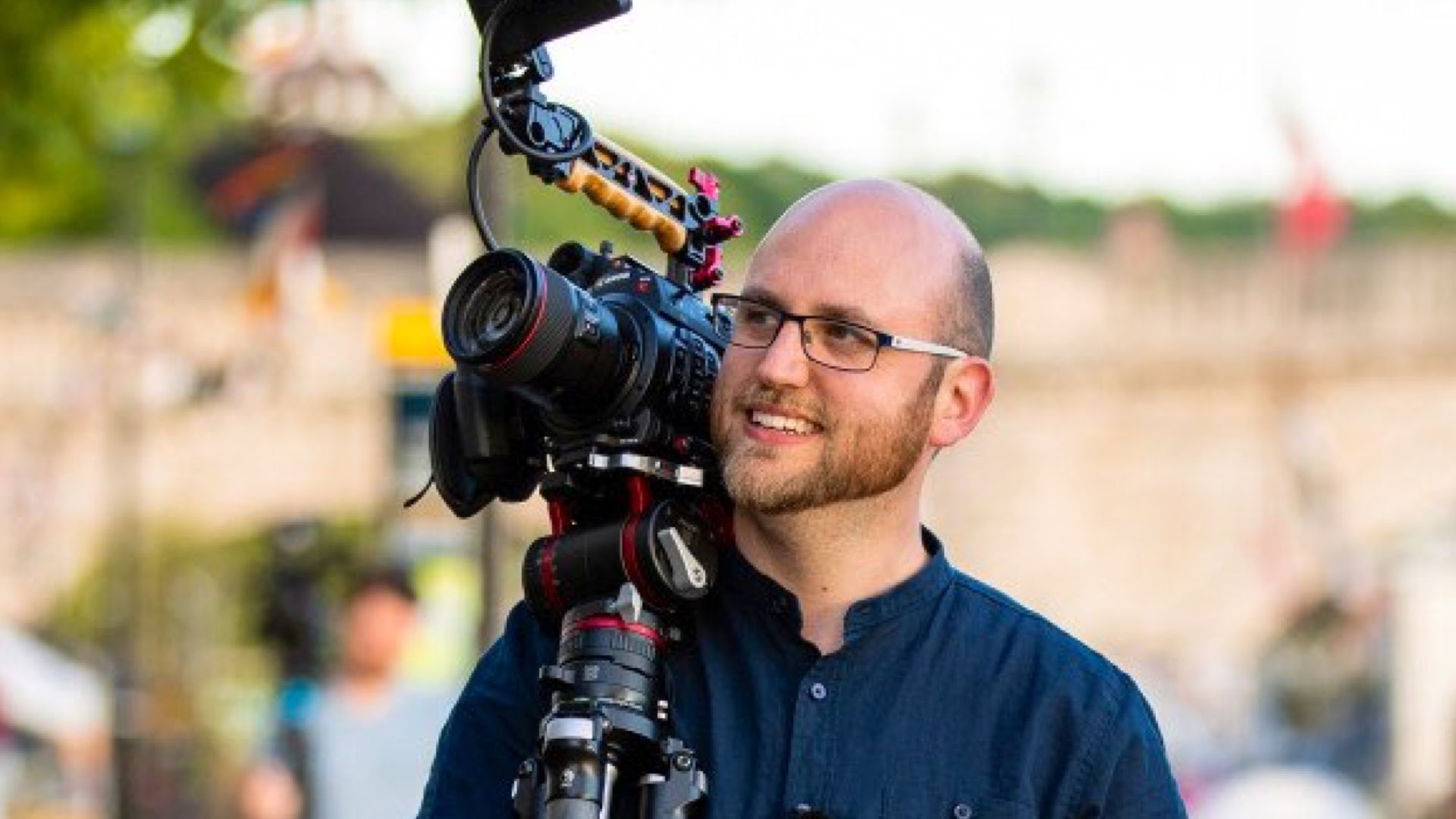
It’s not a course about the grading software
Ollie uses DaVinci Resolve software and devices. However, it’s not a course about DaVinci Resolve. Ollie’s goal is to teach you to master colors regardless of the software being used. Ollie indeed emphasizes some essential and significant functions of DaVinci Resolve, but you have to be armed with a pre-basic knowledge concerning the software. In my opinion, it misses the point, as understanding the fundamental segments of Resolve and knowing the software from inside up, is an integral part of understanding the process of the color grading as a whole. Choosing media, importing the media, and master the functions of the Resolve’s Color panel, is crucial for the color grading methodology.
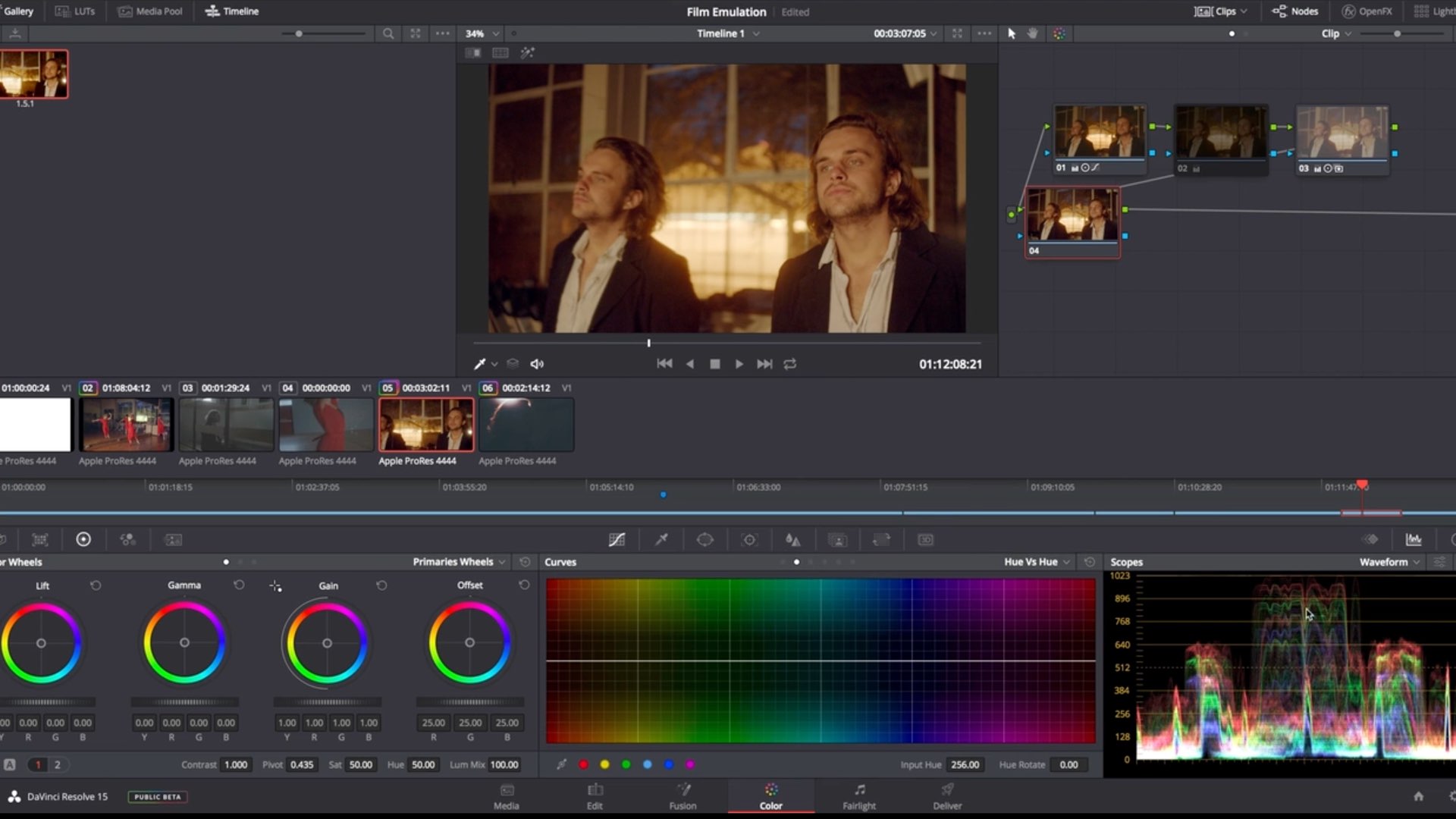
Understanding the fundamental segments of Resolve and knowing the software from inside up, is an integral part of understanding the process of the color grading as a whole
More philosophical than technical
Mastering color is more philosophical than technical. So if you’d like to master Resolve, take another more focused and specialized course that will guide you on how to use the software. However, if your goal is to know the science and integration of colors, then you are in the right place. Just keep in mind that Mastering Colors is more philosophical than technical.
It’s important to mention that Ollie is also the educator of another MZed course titled “The Definitive Guide to DaVinci Resolve” which is more technical and dedicated to the software itself.
Relax and enjoy the course
I’d define Mastering Color as a relaxed course, which can be studied pretty easily. This is not the type of high-technical course that needs to be re-listened in order to digest those complex pieces of information. In Mastering Colors, you can relax, lean back in your chair, and watch the course. Ollie is very passionate about teaching and educating others. The course is delivered with great enthusiasm. However, sometimes, it seems that the sessions are too long and repetitive, which is a bit tedious. The pool scenes are unnecessary, as well as some monotonous interviews.
Nevertheless, this is the main advantage of online courses. You can easily fast forward the boring parts. But again, most of the course is genuinely inspiring. To sum it up, Mastering Colors is an informative yet uncomplicated course.
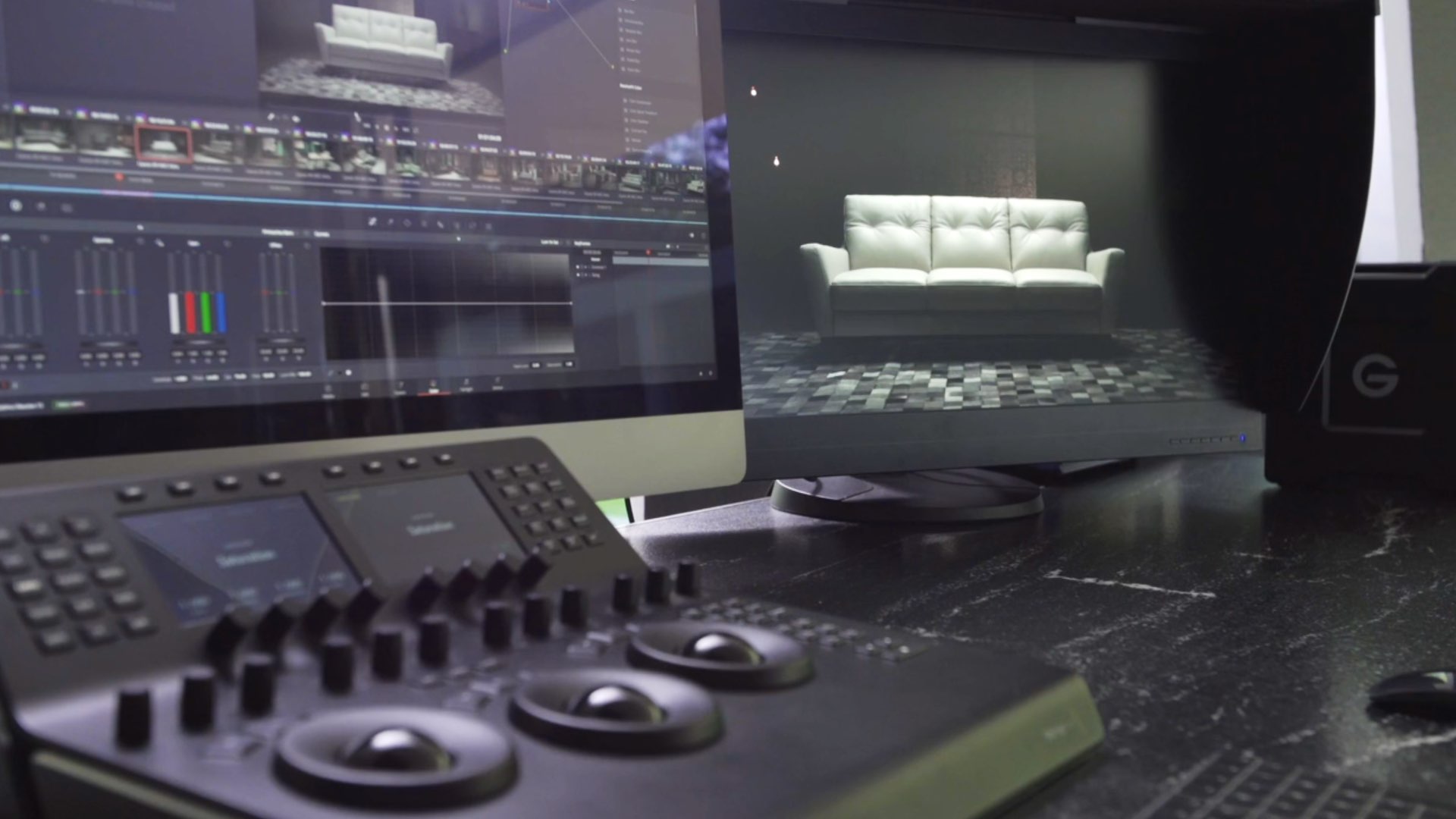
In Mastering Colors, you can relax, lean back in your chair, and watch the course
Should you take this course?
It should be highlighted that these are my sole opinions. It’s a matter of personal taste. I prefer a high octane and energetic crash course, while others may like better a relaxed learning environment like in this course. By the way, Mastering Colors is being praised by reviewers. Go here to read those reviews. The question needs to be asked, is what your goals are? If you desire to dive deeper into DaVinci Resolve, then you should consider taking Ollie’s other course, which is focused more on the technical aspects of DaVinci Resolve.
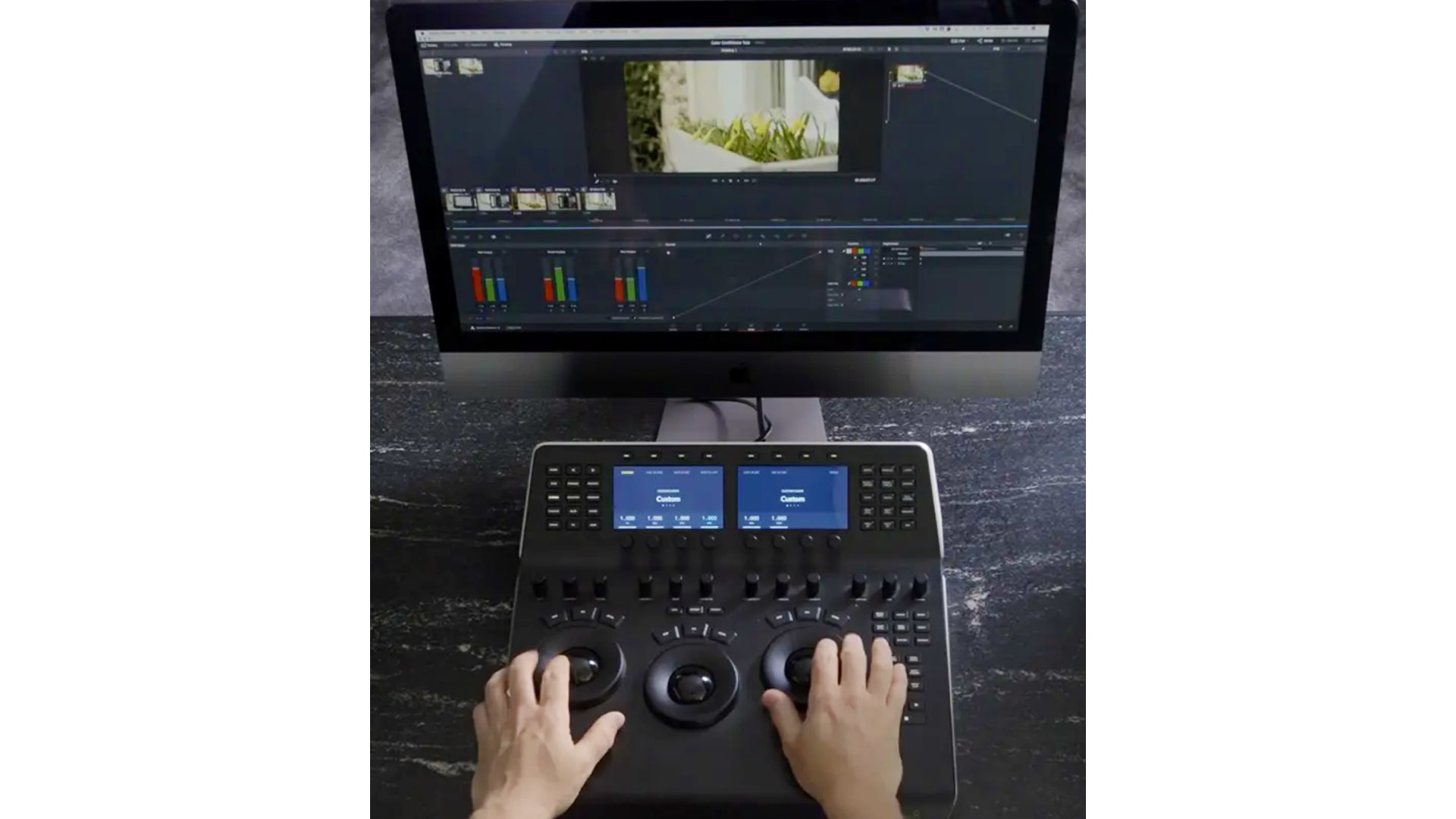
However, if you are a beginner and eager to start and understand more about the science and the art behind color grading and be guided by a very passionate educator, then this course is for you. As stated by MZed: “Ollie leaves no stone unturned, “ which is true.
Get the Mastering Color course.


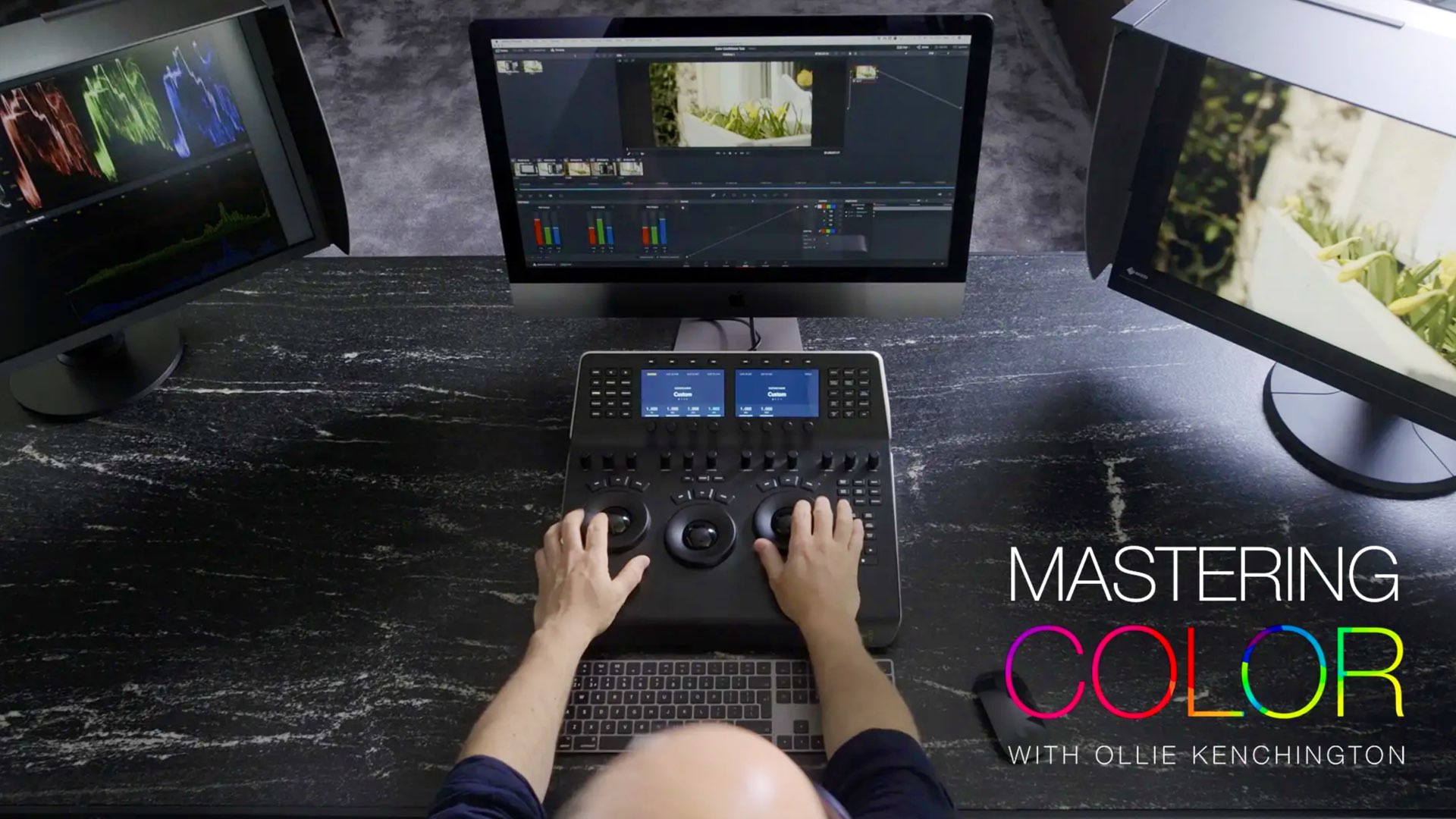

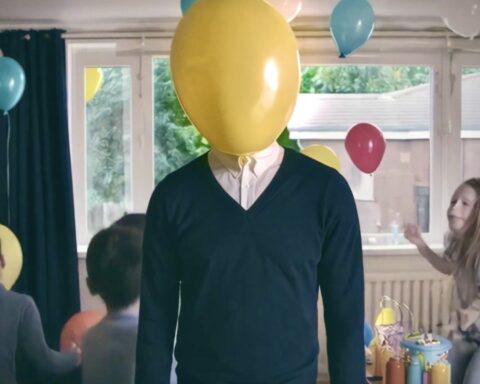


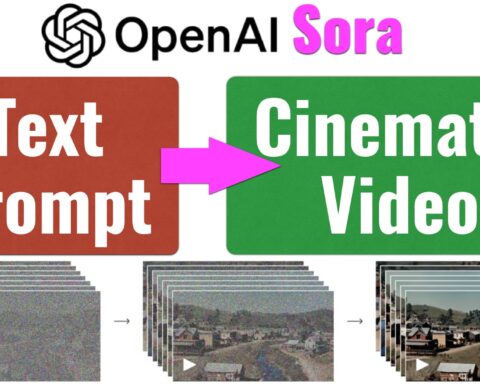
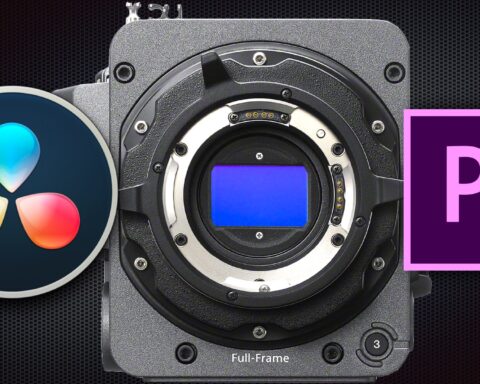

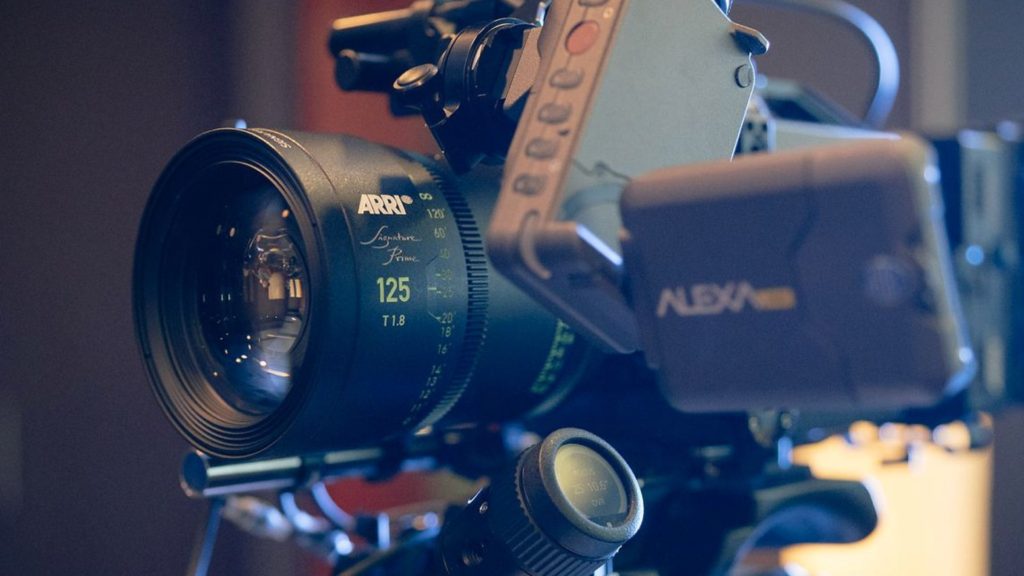
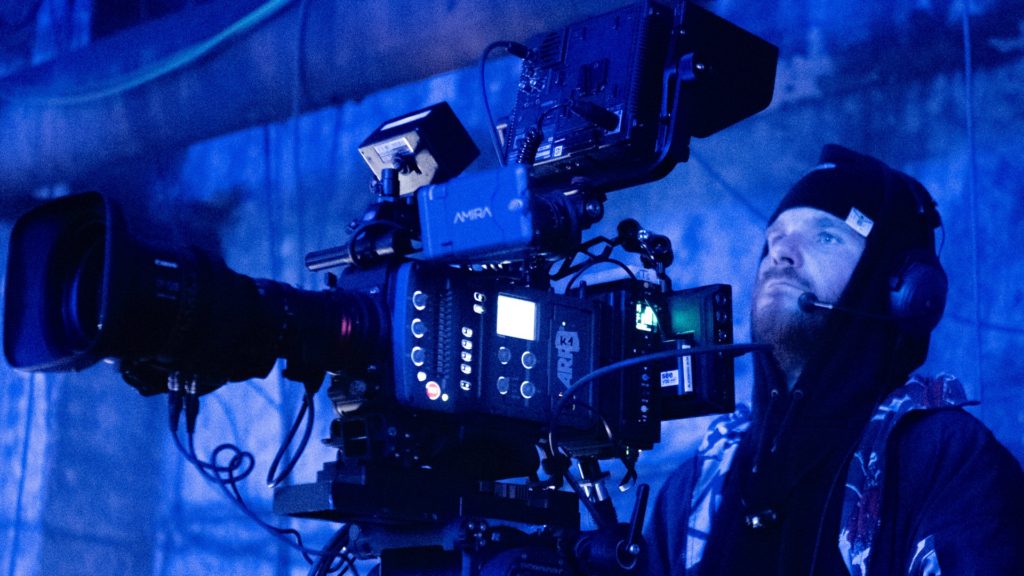







[…] taking the MZed’s educational platform Mastering Color course, which we have reviewed here. In Mastering Color, professional colorist Ollie Kenchington deconstructs the art and science of […]
[…] MZed, which is an educational platform for creatives, defines this course as “The ultimate guide to making the jump from telling a story in a single frame to telling a story over time and space.” MZed claims that “This course is aimed at established photographers, but includes new techniques, practice, and workflows that make it equally relevant to filmmakers alike.” After watching all the sections, I can confirm that the mission accomplished. That is the place for photographers who desire to use their cameras to shoot professional videos. The course includes the appropriate topics and methodologies that a photographer must take into consideration to create the story in motion (camera setup, composition, sound, editing, and more fundamental knowledge). However, it’s important to emphasize that this is not a software dedicated course. Although Philip uses Premiere as the primary NLE (Non-Linear Editor), you will understand the concept behind it. In case you’d like to know how to edit on Premiere or how to grade on DaVinci, there are other options (for instance, check out Ollie’s color grading course, which we reviewed here). […]
[…] In Mastering Color, professional colorist Ollie Kenchington educates and demonstrates the art of color grading and how it can be implemented on a project. Read our review. […]